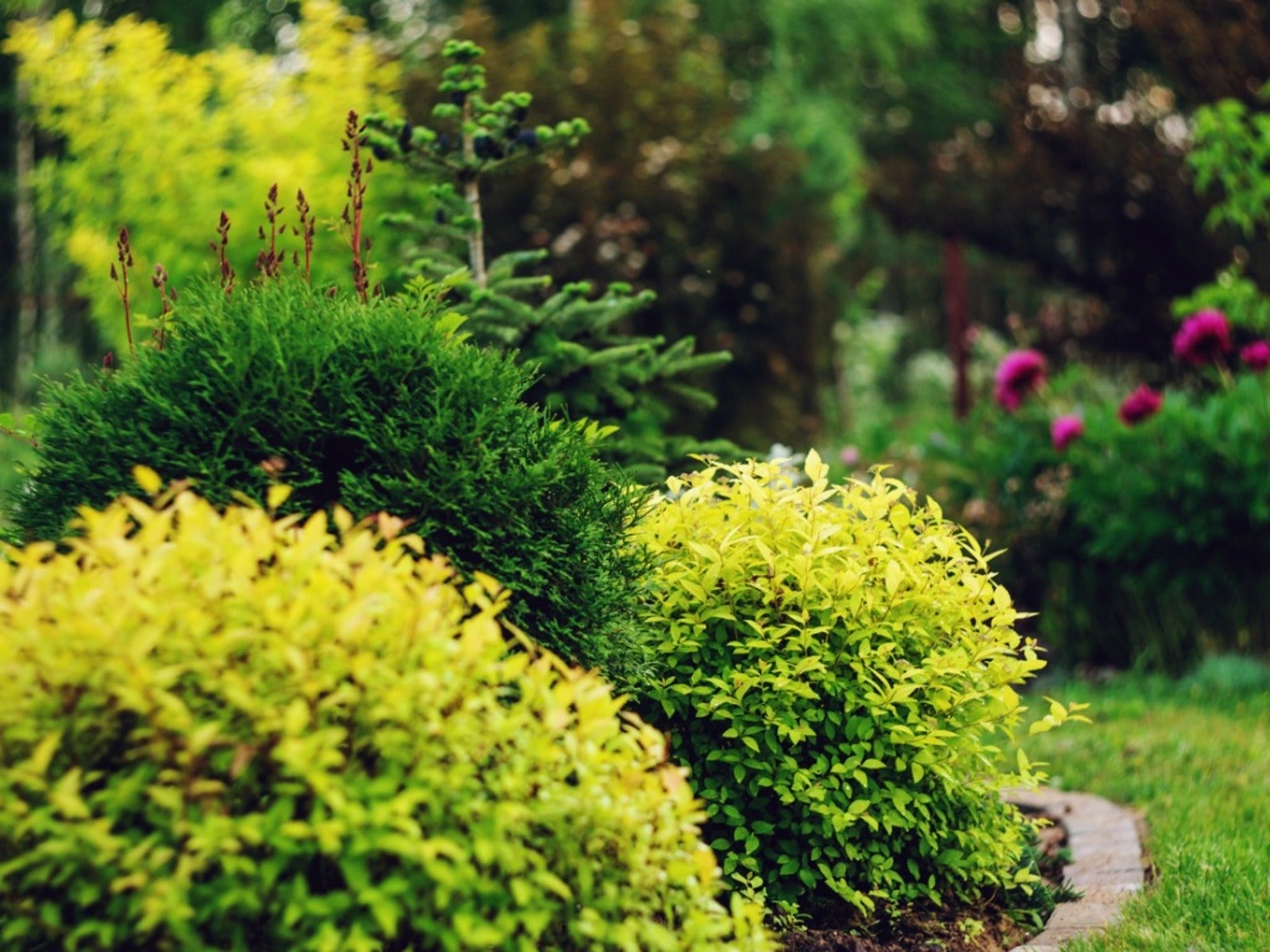4 Common Shrub Mistakes To Avoid


A gardener who claims to have avoided all landscaping mistakes probably has a short memory. It’s almost impossible to do serious shrub and tree placement without learning the hard way -- through trial and error. Despite this, “forewarned is forearmed.” It pays to understand a few of the most common landscaping mistakes for shrubs and bushes in order to avoid them.
1. Failure to Think Through Shrub Placement
What is the most basic of all rules for landscaping? It can be summed up as “right plant, right place.” Taking the time to match a plant to a planting position saves untold garden issues. This starts with the plant’s hardiness zone, but it goes further.
Every plant has its own set of cultural needs, and if it is sited in its preferred soil with its ideal amount of sunlight, the shrub generally avoids problems. On the other hand, when a bush that needs shade is stuck in a bright sun location, or a well-drained-soil shrub has perpetually wet feet, the garden is not likely to be healthy long.
Mature size is a very important statistic when planting and failure to take this into account is a common issue. The cute oak seedling looks charming in the corner of the orchard, but when it grows to 75 feet (23 m) tall, it may be crowding out the fruit trees and leaving them in shade most of the day.
2. Failure to Prepare Planting Beds
“Dig a hole and stick it in” is a recipe for extensive landscaping problems. If a bush is worth adding to the garden, it is worth the time to prepare its planting bed. Every single plant added to the garden should be placed in a planting bed prepared for that plant. For most, this means incorporating organic compost into the soil to enrich it and help hold in moisture.
In addition, it may be necessary to amend the soil to alter the pH (acidity) levels. Amendment cannot be done at the same time as the transplant. It must be accomplished earlier, at least a few weeks before planting.
3. Failure to Consider Pollination
Pollinators are important, but so are pollinizers. Pollinators are the bugs, birds, and other species that transfer pollen from male to female flowers, essential to produce fruit. Pollinizers, however, are trees or shrubs with pollen similar to and compatible with the bush you are planting.
Gardening tips, videos, info and more delivered right to your inbox!
Sign up for the Gardening Know How newsletter today and receive a free copy of our e-book "How to Grow Delicious Tomatoes".
Pollinizers are essential to fruit set for many trees. Most fruit producing shrubs require more than one variety to be blooming at the same time to set good fruit. Even fruits that are self-fertile and may not need a pollinizer set better fruit when there is one. This may involve planting more shrubs, but it almost always results in more and better fruit.
4. Planting Too Deep
We think of shrubs and bushes as sending their roots deep into the soil, so we tend to plant them too deep. This is a big landscaping mistake, though, and results in suffocated roots and rotting trunks that, in turn, prevents the movement of water and nutrients from the roots.
Roots do not like overly deep planting. They only grow where there is sufficient oxygen in the soil. This happens close to the soil surface, not a few feet (1 m) under. The trunk base of a bush needs air exposure. It cannot be covered by soil.
What is the rule for planting? Every planting hole should be several times as wide as the root ball, but the depth should only be slightly higher than the root ball height.

Teo Spengler is a master gardener and a docent at the San Francisco Botanical Garden, where she hosts public tours. She has studied horticulture and written about nature, trees, plants, and gardening for more than two decades. Her extended family includes some 30 houseplants and hundreds of outdoor plants, including 250 trees, which are her main passion. Spengler currently splits her life between San Francisco and the French Basque Country, though she was raised in Alaska, giving her experience of gardening in a range of climates.
-
 Moody Blooms For Spring: 8 Types Of Black Flowers To Add Drama To Spring Displays
Moody Blooms For Spring: 8 Types Of Black Flowers To Add Drama To Spring DisplaysFrom midnight burgundies to inky violets, several types of black flowers can enrich and embolden a spring display. Try these brooding bloomers for a moody garden
By Tonya Barnett
-
 My Homemade Orchid Fertilizer Always Brings More Blooms – Here's The Easy Recipe That Transforms Plants
My Homemade Orchid Fertilizer Always Brings More Blooms – Here's The Easy Recipe That Transforms PlantsScientist-turned-gardener Mary Ellen Ellis shares her tried-and-tested DIY orchid fertilizer recipe, plus more ingredients to try for healthy, happy plants.
By Mary Ellen Ellis